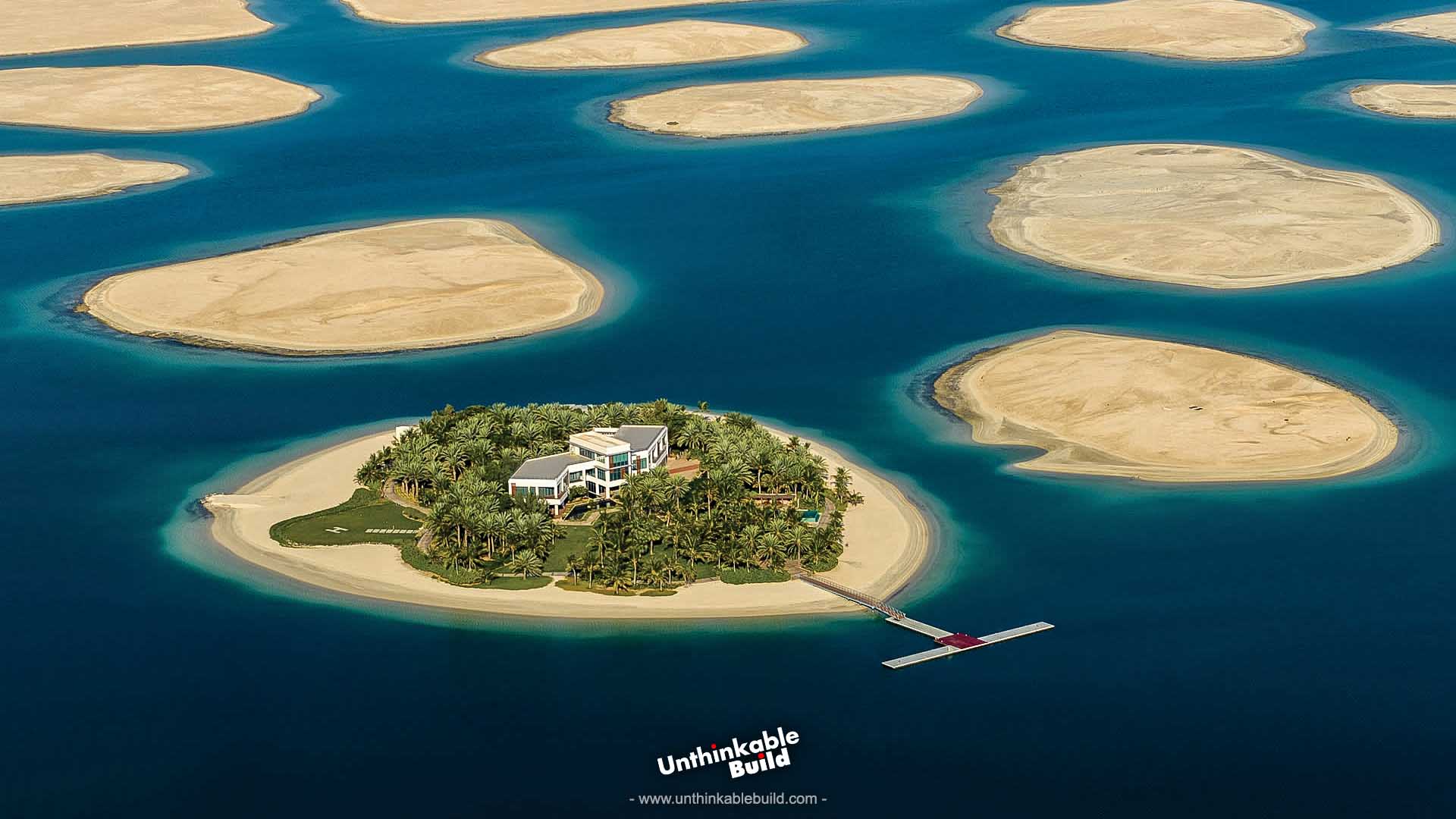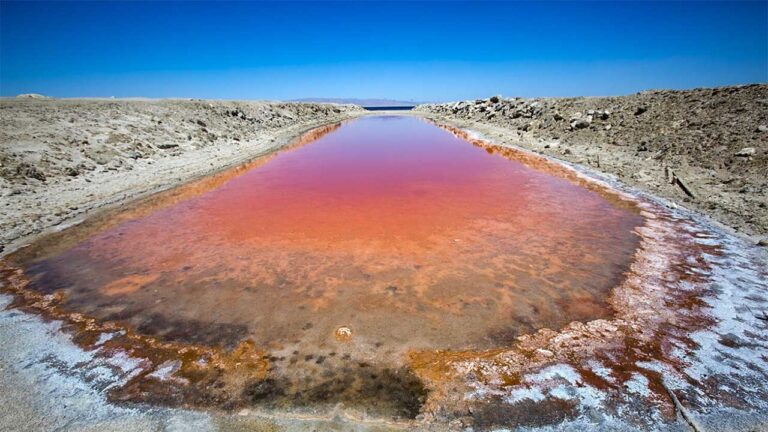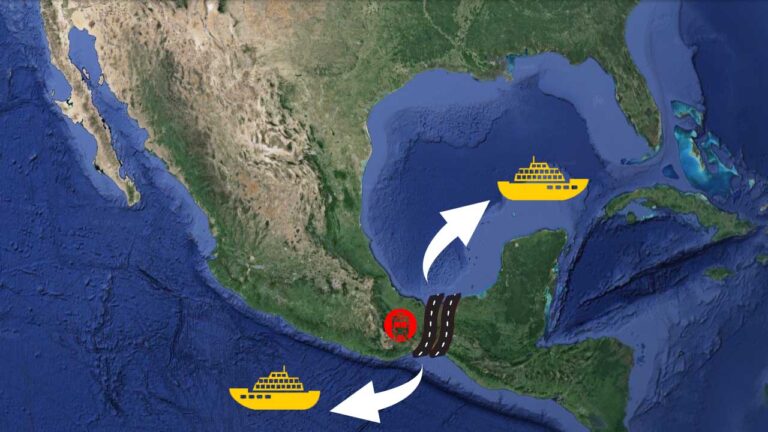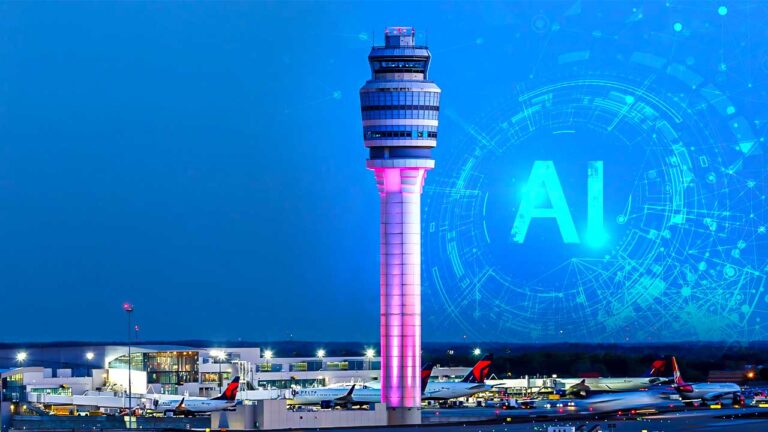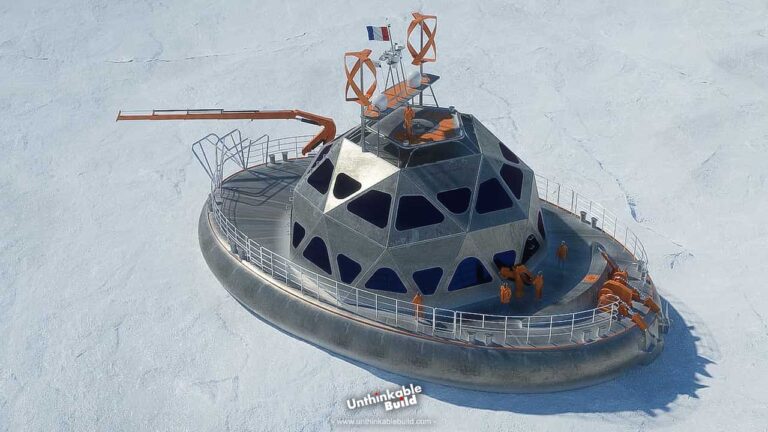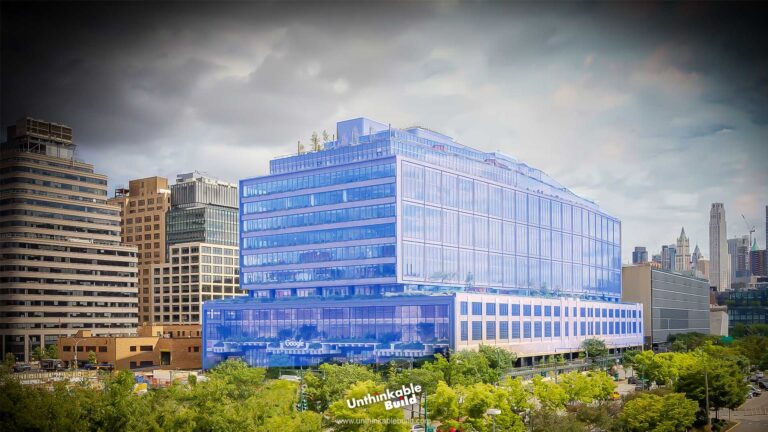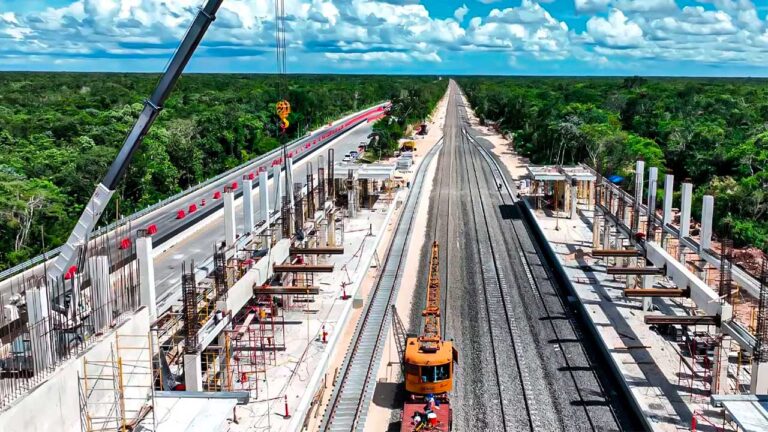The Biggest Failed Megaprojects Around the World
I’ve been unveiling details about some of the most extraordinary mega projects around the globe. In addition to boosting local businesses and attracting investment to fuel economic growth, many of these massive projects also serve as tourism hotspots and elevate a nation’s status on the global stage.
But today, I’m turning the spotlight on a different category of large-scale projects that only a few have brought to light — ones that, despite their immense costs, have been labeled as most useless. Interestingly, these aren’t just ordinary projects; they feature record-setting feats. This includes not just an amusement park, but also a sprawling airport, a nuclear power plant, and several man-made islands.
Why have these huge projects failed, and what are the crucial factors that can determine their success or failure? Yes, I do have the most expensive but failed megaprojects on my list, which you might call a “World of Useless Islands.” But we’ll get to that a bit later.
Wonderland Eurasia
Wonderland Eurasia, once known as Ankapark, was an ambitious amusement park project in Ankara, Turkey. This is the lowest budget project on today’s list, and it opened with much excitement on March 20, 2019, proudly claiming the title of Europe’s largest theme park. You can’t overlook its 17 roller coasters. Wonderland Eurasia set out to be a heaven for thrill-seekers, ranking one of the highest numbers of coasters worldwide, only behind Six Flags Magic Mountain in California and Canada’s Wonderland.
This park was designed to have something for everyone, from heart-pounding roller coasters to family-friendly rides. Visitors could enjoy panoramic views from a giant Ferris wheel or journey through dark rides brimming with special effects and gripping storytelling. The park also had areas themed with unique decor and attractions, along with live shows like musical performances and character meet-and-greets to entertain the crowds.
Some of its attractions were truly innovative, featuring hyper coasters with towering drops and high speeds. They even had rides enhanced with virtual reality for an extra layer of excitement and water coasters that combined the thrill of a roller coaster with the fun of a splash ride.
Wonderland Eurasia had its fair share of impressive attractions, but the fountains truly stood out, especially the main fountain. Imagine jets of water shooting up to 120 meters in the air and creating a spectacular display that danced to the rhythm of music. As the second-largest fountain in the world, it was a crowd favorite and a central spot where visitors naturally gathered to watch the mesmerizing water shows.
However, things didn’t go as planned. Since its inauguration, Wonderland Eurasia faced significant challenges. Uneven ride quality and low visitor turnout quickly became hurdles. The park struggled to overcome its operational woes and attract enough visitors to keep it afloat. The COVID-19 pandemic intensified the challenges, and by February 2020, less than a year after its grand opening, the Wonderland Eurasia had to close its doors for good. Built at a cost of over $800 million, this once-bustling park now stands spookily quiet, with many of its attractions still in place, but torn apart by weather, trespassers and thieves.
Also Read: Dogger Bank Wind Farm: This Will Power 6 Million Homes in the UK
Millennium Dome
Next up is the Millennium Dome. This unique structure stands out as an iconic landmark on the Greenwich Peninsula in London. Towards the end of 1999, this dome was originally built to host the groundbreaking event called Millennium Experience, a collection of exhibition and shows to celebrate the dawn of the new millennium. Opening in the year 2000, the Millennium Dome aimed to wow visitors with themed zones like Body, Work, and Play for one year.
However, despite the hype, the exhibition had its share of problems. The Dome’s massive price tag of around $1.25 billion and lower-than-expected visitors, which saw only about 6 million instead of the anticipated 12 million, raised concerns. After the Millennium Experience wrapped up, the Dome faced an uncertain future.
They explored the idea of selling the Dome to a local sports team but couldn’t find a potential buyer. Relocating the whole structure to another city was also considered, but the cost was too high. As the Dome remained unused, its maintenance costs soared to an eye-watering $1.25 million per month. Eventually, the private company Meridian Delta stepped in to acquire the Millennium Dome. Despite this, the structure continued to stand empty and unused.
Designed by the acclaimed British-Italian architect Richard Rogers, the Dome is a marvel of modern engineering. Instead of a traditional dome, it features a cable net structure supported by twelve towering steel masts, each 100 meters high. These masts were meant to represent 12 hours in a day, 12 months in a year, and 12 constellations in the sky. These towers support a network of strong cables that uphold a canopy made of PTFE-coated fiberglass fabric. This design, with its impressive 320-meter diameter and a canopy just one millimeter thick, allows for an exceptionally flexible and spacious interior.
Things began to change with a redevelopment project that kicked-off in 2003. By June 2007, The Millennium Dome was transformed into O2 Arena. It opened its doors and quickly renovated into a vibrant entertainment hub with restaurants and a stage with 20,000 seats. Today, The O2 claims a large arena for concerts of world’s top stars, elite sports events, and performances, along with a cinema complex and various retail outlets. To put it differently, this once-controversial project has found its purpose and is far from being considered useless.
New South China Mall
Next on my list is The New South China Mall, located in Dongguan city of China’s Guangdong province. It stands as one of the largest shopping malls in the world, with a shocking $1.3 billion investment. This mall, with sufficient capacity for a vast number of visitors and house over 2,000 stores, was meant to be a bustling hub of activity. However, since its opening in 2005, it quickly earned the nickname “ghost mall” due to its overwhelming 99% vacancy rate within just three years.
Even though the South China Mall reached out to countless brands, hoping to fill its vast spaces, many were hesitant to commit to the project. This foot-dragging left the mall with countless empty storefronts and a growing reputation for being weirdly empty. Mall’s location in Dongguan, not yet a major urban center, limited its customer base and poor transportation links made it hard for visitors to reach the mall. The ambitious design of mall did not either align well with the local market’s needs, further worsening the problem.
This is where the tricky part begins. To tackle these problems, the mall underwent significant renovations. The management made a determined effort to diversify the tenant mix, attracting both international brands and local favorites. Better road access and public transit options made it easier for visitors to get there, aggressive marketing campaigns were launched, and exciting attractions like a state-of-the-art IMAX-style cinema, indoor theme park, and a marine mammal park were added to enhance the mall’s appeal.
These deliberate shifts produced a significant revival and by 2020, the mall’s occupancy rate risen to around 91%. Today, The New South China Mall is hosting over 1,500 stores and offers a wide range of shopping, dining, and entertainment options.
Mirabel Airport
And of course, I can’t overlook number 4 on my list, the Montreal–Mirabel International Airport. Often called Mirabel Airport, this mega structure is situated in Quebec, roughly 39-kilometers northwest of Montreal. The airport opened on October 4, 1975, with big dreams and a massive cost of $1.5 billion. It was envisioned to replace Dorval Airport, now known as Montreal-Trudeau International Airport, as the primary hub for international flights to and from Montreal.
With plans to be one of the largest airports in the world, Montreal-Mirabel boasted an expansive layout and modern facilities, picturing the capacity to handle up to 50 million passengers a year. But, the airport faced a rocky start. Its distance from downtown Montreal was a major hurdle, that made it less convenient for travelers compared to the more centrally located Dorval airport. Adding to the challenges, the promised high-speed rail link from Montreal to Mirabel city never materialized, making the journey to new airport even more cumbersome. On top of that, the operational costs at Mirabel were higher than at Dorval, which deterred airlines from establishing operations there.
Dorval airport kept evolving, attracting more airlines and passengers, while Mirabel’s difficulties were worsened by changing government policies and aviation regulations. By October 31, 2004, Mirabel’s passenger services were a thing of the past.
Today, Mirabel serves as a significant cargo hub and a crucial location for Airbus Canada, where the final assembly of the Airbus A220 takes place. The airport also supports medical evacuation or MEDEVAC, and general aviation flights. Unfortunately, in 2016, the once-bustling passenger terminal was demolished, and the area where it stood has since been transformed into a racing course.
We knew that a significant issue for Montreal–Mirabel International Airport was its inconvenient location, situated far from downtown Montreal, but you might find yourself puzzled in the next segment, as the reasons behind its failure can be quite surprising.
Bataan Nuclear Power Plant
The story of the Philippines’ Bataan Nuclear Power Plant is both fascinating and complex. The idea for this massive project emerged in the early 1970s, driven by the country’s urgent need to address energy security following the 1973 oil crisis. The Philippines was heavily reliant on oil, which proved risky and unsustainable. Rapid industrialization and urbanization in the country were increasing the demand for electricity, and the BNPP was proposed as a solution to meet this growing need.
Internationally, there was also support for nuclear energy as a solution to global energy challenges, with countries like the US advocating for its adoption. At the time, nuclear energy was considered innovative and efficient, promising large amounts of power at relatively low costs. The Philippines wanted to be part of this global trend towards nuclear power.
Construction of the Bataan Nuclear Power Plant began in 1976 with Westinghouse Electric of US as the main contractor. The project was designed to generate 621 megawatts of power, with the total cost reaching approximately $2.3 billion.
However, the BNPP faced significant safety concerns that raised doubts about its future. After the Three Mile Island accident Pennsylvania, USA in 1979, a thorough safety review of the Bataan Nuclear Power Plant uncovered over 4,000 faults.
The plant’s location near geological fault lines and its proximity to the nearby volcano called Mount Pinatubo heightened fears about its vulnerability to earthquakes and volcanic activity. As the plant was completed in 1986, its design was considered outdated and at the same time the catastrophic accident at Chernobyl Nuclear Power Plant was making headlines round the world.
Operational concerns also loomed large, with worries about whether there would be enough trained staff to operate the nuclear plant safely and whether emergency preparedness plans were adequate. Unfortunately Mount Pinatubo also erupted catastrophically in 1991,
Ultimately, these concerns led to the decision to suspend the BNPP and despite its promising start, the plant was never put into operation. Today, this massive but useless mega structure stands as a reminder of the challenges associated with nuclear energy projects, particularly in developing countries. Discussions about reviving the plant continue, especially as energy costs rise and the demand for cleaner energy sources grows.
Eko Atlantic City
And now, we are stepping onto a man-made peninsula that rises from the Atlantic Ocean off the coast of Africa. The Eko Atlantic City, also known as Nigeria International Commerce City. This bold and imaginative project was planned to transform urban life in Lagos, Nigeria’s lively megacity, with a vision to create a modern haven for living, working, and thriving.
With an incredible estimated cost of over $6 billion USD, this new city is located on 10 million square meters of land reclaimed from the Atlantic Ocean in 2008. This man-made island is protected by an 8.5 kilometer long sea wall, commonly known as Great Wall of Lagos. The project was conceived to cope with the intense space demands of Lagos, a city bursting at the seams with a rapidly growing population. The aim was to create a home for at least 250,000 residents and accommodate the daily flow of around 150,000 commuters. With its blend of residential, commercial and free-zone areas, this man-made island was designed to be a self-sufficient and sustainable urban center, complete with independent power supplies, advanced telecom, and crucially, a strong defense against the challenges of coastal erosion and rising sea levels.
The journey of Eko Atlantic City has not been without its share of controversies. From the very beginning, many feared that reclaiming land from the ocean could worsen coastal erosion and trigger severe ocean surges that might threaten nearby communities. These concerns were intensified in 2012 by flooding and other disruptions in the surrounding areas during construction of Eko Atlantic City, which forced some residents to relocate, sparking a public outcry.
Economic issues further intensified the controversy. With Nigeria facing periodic economic slumps, some questioned whether Eko Atlantic could attract enough investment and residents to make the enormous financial commitment worthwhile. The high property prices and the cost of living within Eko Atlantic led to worries that the city might end up being accessible only to a privileged few, rather than a broad cross-section of society. Nevertheless, some people have begun living in Eko Atlantic City, although their daily lives must feel quite surreal. They look out at stretches of sand and dusty roads that outline streets still under development.
Despite the challenges, the Nigerian government remains committed to the project. The vision for Eko Atlantic City is still very much alive, and construction continues with positivity for the future.
The project has recently made noticeable progress, crossing several key milestones along the way. Important infrastructure, like roads, drainage systems, and power supplies are already in place. The Great Wall of Lagos is now complete, providing a robust shield against shoreline erosion. Landmark structures like the Eko Pearl Towers and the Azuri Peninsula have been completed, and they’re already humming with life, drawing businesses, investors, and new residents. The Eko Atlantic Financial Centre is also gearing up to become a leading financial district for West Africa.
As construction continues and new projects take shape, Eko Atlantic City is steadily budding into a fully functional, dynamic urban center. While it has already conquered various challenges, its future will depend on weaving visionary goals with a focus on people and development, making it not just a new city, but a new way of living in Nigeria.
Also Read: Inside the World’s First $17BN Bitcoin City
The World Islands
But, Nigeria isn’t the only country dealing with the complexities and challenges of artificial island. Now, let me take you to the grand finale—a megaproject that’s sure to amaze you.
You might have seen the stunning images of striking Palm Jumeirah and The World Islands off Dubai’s coast. Palm Jumeirah, shaped like a palm tree, and The World Islands, a map of the world in miniature, are just a few kilometers apart, showcasing Dubai’s ambitious spirit.
The World Islands are a remarkable collection of artificial islands off Dubai’s coast, shaped like a map of the world and these 300 islands are grouped into seven clusters representing different continents. This mega project, located in the Persian Gulf, was crafted using sand dredged from the surrounding seawaters and then shaping it into piles. The entire archipelago stretches about 9 kilometers long and 6 kilometers wide, forming a magnificent and complex layout.
But, before we dive into current status of the project, let’s rewind to the start. It all began in 2003 with an extensive cost of $16 billion. However, it encountered delays due to the financial recession of 2007-2008. Each island of this man-made archipelago is named after a country, regions, or landmark, such as Switzerland, California, or Mount Everest. A massive wave-breaker surrounds the islands, providing both protection and elegance. Building these islands took several years and the project features luxurious resorts, exclusive residences, and entertainment hubs. Some islands are already home to completed projects, including the captivating “The Heart of Europe” and “Anantara World Islands Resort.”
The World Islands project has faced its share of adventures along the way. On top of these economic bumps in 2008, the project has had to tread carefully with environmental concerns. Crafting these artificial islands came with the responsibility of protecting marine life and preventing coastal degradation, which has made sustainable development a top priority.
Building in the middle of the Persian Gulf presents its own set of operational challenges. Imagine the complexity of constructing and maintaining infrastructure on islands that are essentially floating utopias. The added challenge of transporting materials and workers to these isolated spots only adds an element of fascination. Meanwhile, the luxury real estate market’s impulsiveness has kept developers on their toes, with ongoing questions about the demand for high-end properties in such an extraordinary mega project.
Building these islands was just the start of a thrilling roller coaster ride. Once they were finished, Dubai started selling them off for millions of dollars, offering buyers the chance to bring their own dreams to life. In first few months, many islands were quickly purchased by companies and wealthy individuals from across the globe.
There were some major aspirations being explored, like turning North America and Europe into luxurious resorts, creating a hotel on Shanghai and opening a wellness center in Siberia. However, these plans have yet to come to pass. As of now, the World Islands are mostly empty—just stretches of sandy solitude waiting for their next chapter.
Currently, one of the standout ongoing projects of The World Islands is “The Heart of Europe.” This pioneering effort aims to bring a slice of Europe to Dubai with its luxury hotels, private lodges, and unique features like floating villas. It’s all about recreating a European vibe right in the heart of the Persian Gulf.
The infrastructure of The World Islands project is truly something special, reflecting the ambitious vision behind it. Utilities and services are skillfully overseen, with water, electricity, and sewage systems running beneath the surface. Freshwater is pumped to the islands from central stations, ensuring a steady supply.
Getting around is now made easy with four main transportation hubs connected by waterways. This setup includes private boats and water taxis, making it simple to travel between the islands and the mainland Dubai.
Even with these amenities, most of The World Islands are still waiting for their chance to shine. Out of the approximately 300 islands only a few are up and running. The rest are still empty, holding promise for future development and new adventures.
There have been concerns about erosion and sinking issues affecting some of The World Islands. However, developers are actively addressing these challenges by reinforcing the affected islands with extra materials and enhancing coastal management practices.
All of these immense projects serve as a reminder that even the most promising ideas can encounter bumps, revealing that large-scale initiatives need more than just zeal and creative solutions — they need a bit of luck and a thorough planning for real achievement.

